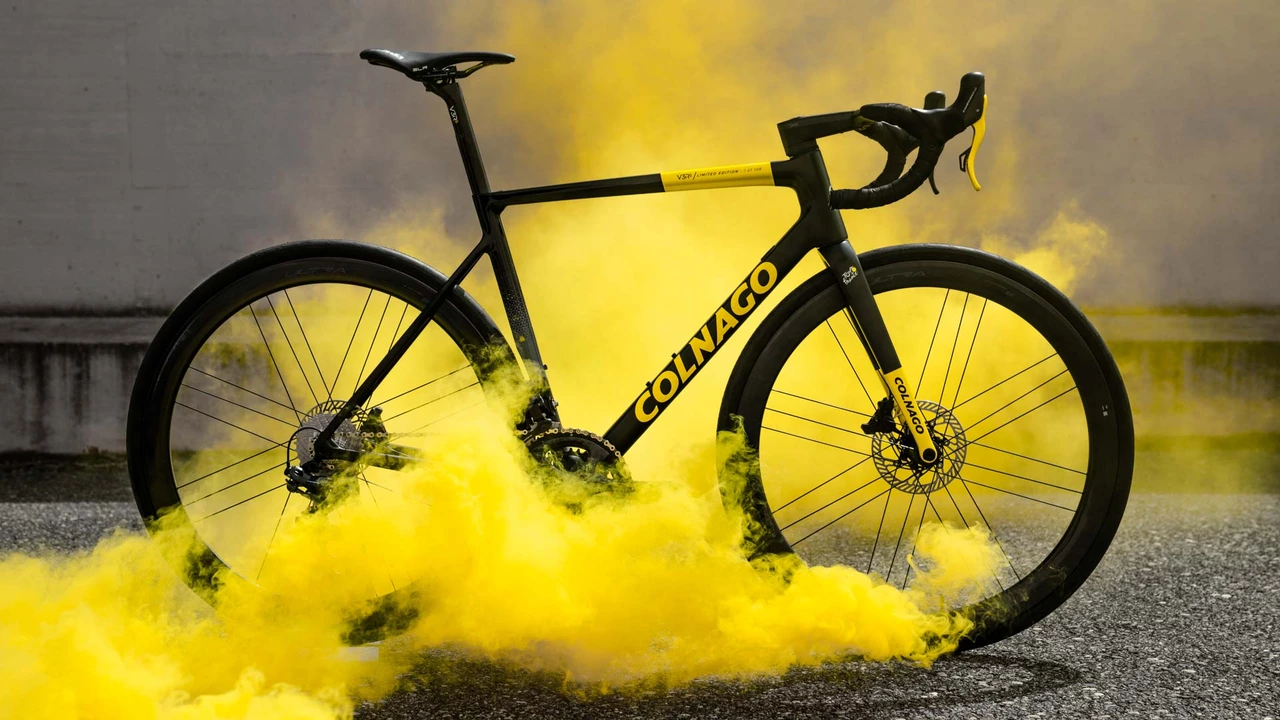Basic Bikes Guide: Choose and Care for Your First Ride
Starting out with a bike doesn’t have to feel like solving a puzzle. Whether you want to zip around town, hit a few park trails, or just stay fit, a basic bike can do the job. The trick is knowing what to look for and how to keep it running smooth.
Picking the Right Basic Bike
First thing – decide where you’ll ride most. City streets? A flat‑frame hybrid with a comfortable saddle works well. Rougher paths? Look for a mountain bike with wider tires and a sturdy frame. You don’t need a high‑end model; steel or aluminum frames in the $200‑$400 range are perfectly fine for beginners.
Fit matters more than price. Stand over the top tube and make sure you have a couple of inches of clearance. When you sit, the pedals should be reachable without stretching, and your knees should have a slight bend at the bottom of the stroke. A bike that feels right from the start saves you from aches later.
Think about gears. If most of your rides are on flat roads, a single‑speed or a bike with 3‑5 gears is enough. More gears help on hills, but they add weight and maintenance. Choose a drivetrain you’re comfortable adjusting – simpler shifters are easier for new riders.
Don’t forget accessories. A good lock, a light, and a sturdy pump are basics you’ll use every ride. A helmet is non‑negotiable; it protects you and often saves you from costly injuries.
Keeping Your Bike Running Smoothly
Maintenance is easier than you think. The biggest jobs are cleaning, checking tire pressure, and lubricating the chain. Wipe down the frame after a wet ride, inspect the brakes for wear, and refill the tires to the pressure marked on the sidewall. Under‑inflated tires make pedaling hard; over‑inflated ones feel shaky.
Chain care is quick: wipe the chain with a dry rag, then drop a few drops of bike‑specific oil. Let it sit a minute, then wipe off excess. This prevents squeaks and keeps shifting smooth.
Brakes need a look every few weeks. If the lever feels soft or you hear squealing, the pads might be dirty or worn. Lightly sand the surface of the pads and make sure the rim is clean. For disc brakes, check the rotor for wobble and the pads for thickness.
Lastly, give the bike a once‑a‑year check‑up at a local shop. They can spot hidden issues like cracked frame tubes or loose headset bolts. A quick professional tune‑up costs less than a major repair later.
With the right bike and a few habit‑forming maintenance steps, you’ll spend more time riding and less time worrying. So grab a basic bike, set it up to fit you, and hit the road – the journey starts with a single pedal stroke.
How are Tour De France bikes better than basic bikes?
Boy oh boy, let me tell you, Tour De France bikes are like the Ferraris of the bicycle world compared to your average, everyday bikes! These lean, mean, pedaling machines are a marvel of technology, packing a punch with their incredibly light, yet super strong, carbon fiber frames. You know how we all dream of flying? Well, with their aerodynamic design, these bikes are as close as you can get to flying on two wheels! The gear systems on these bad boys are so advanced, they could probably outsmart a chess grandmaster. So, while your basic bike is perfect for a leisurely Sunday ride and a picnic, if you're gonna race like a pro, you need a bike that's up to the task - a Tour De France bike!
More